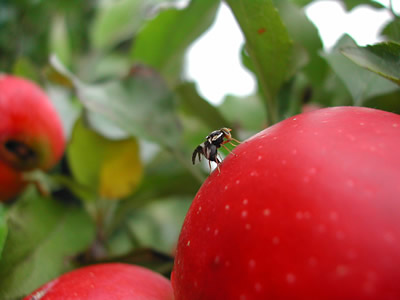A female apple maggot fly, Rhagoletis pomonella, implants an egg into an apple. Wasps that attack the flies and eat their larvae appear to be changing on a genetic level in the same way that the flies themselves appear to be changing genetically
Click on image for full size
Image Courtesy of Rob Oakleaf
Researchers Observe Evolution Chain Reaction
News story originally written on February 5, 2009
Scientists have discovered a new species of fruit fly and wasp. The two species are related and has to do with the introduction of apples in the United States almost 400 years ago.
For almost 250 years after the introduction of apples to North America, insects called hawthorn flies, (with the scientific name Rhagoletis pomonella), did what they had always done and met on the small, red fruit of hawthorn trees to mate and lay eggs. Then, in the mid-1800s, some of these "hawthorn flies" began to mate and lay eggs on apples instead. The flies that were attracted to apples eventually became different from the flies attracted to hawthorns. The wasps that live on the flies' larve also became genetically different.
"It's a nice demonstration of how the initial speciation of one organism opens up an opportunity for another species in the ecosystem to speciate in kind," said Jeff Feder, a biologist from the University of Notre Dame. "Biodiversity in essence is the source for new biodiversity."
This represents a chain reaction of biodiversity where the modification of one species triggers the sequential modification of a second, dependent species. This research is important because it provides insights into solving Darwin's mystery of the origins of new species.
You might also be interested in:
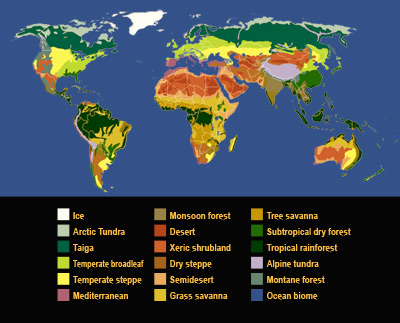
Biomes are large areas of the world where there are similar plants, animals, and other living things. The living things are adapted to the climate. Explore the links below to learn more about different
...more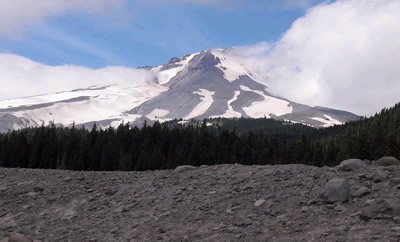
Scientists have learned that Mount Hood, Oregon's tallest mountain, has erupted in the past due to the mixing of two different types of magma. Adam Kent, a geologist at Oregon State University, says this
...more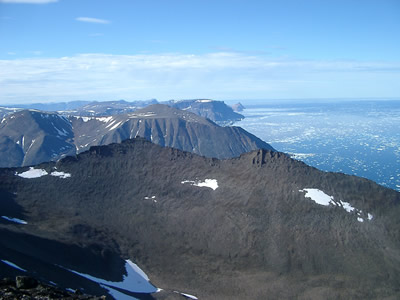
The Earth's mantle is a rocky, solid shell that is between the Earth's crust and the outer core. The mantle is made up of many different reservoirs that have different chemical compositions. Scientists
...more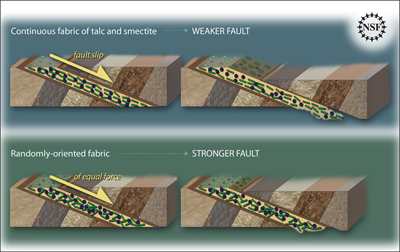
Some faults look strong and like they wouldn’t cause an earthquake. But it turns out that they can slip and slide like weak faults causing earthquakes. Scientists have been looking at one of these faults
...more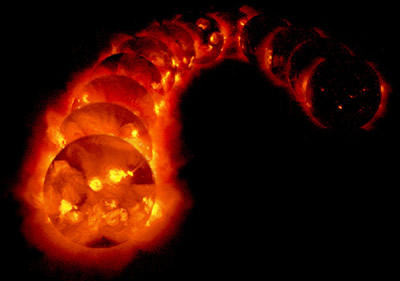
The sun goes through cycles that last approximately 11 years. These solar cycle include phases with more magnetic activity, sunspots, and solar flares. They also include phases with less activity. The
...more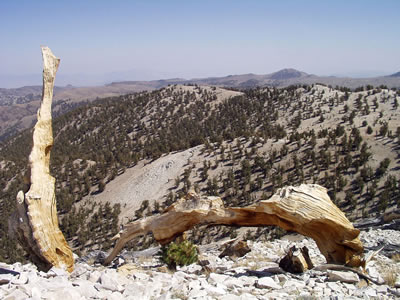
Studying tree rings doesn't only tell us the age of that tree. Tree rings also show what climate was like while the tree was alive. This means that tree rings can tell us about climates of the past. Two
...more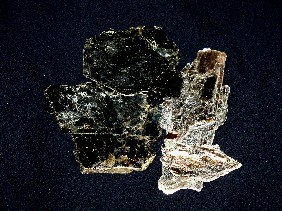
Earth's first life form may have developed between the layers of a chunk of mica sitting like a multilayered sandwich in primordial waters, according to a new hypothesis. The mica hypothesis, which was
...more


